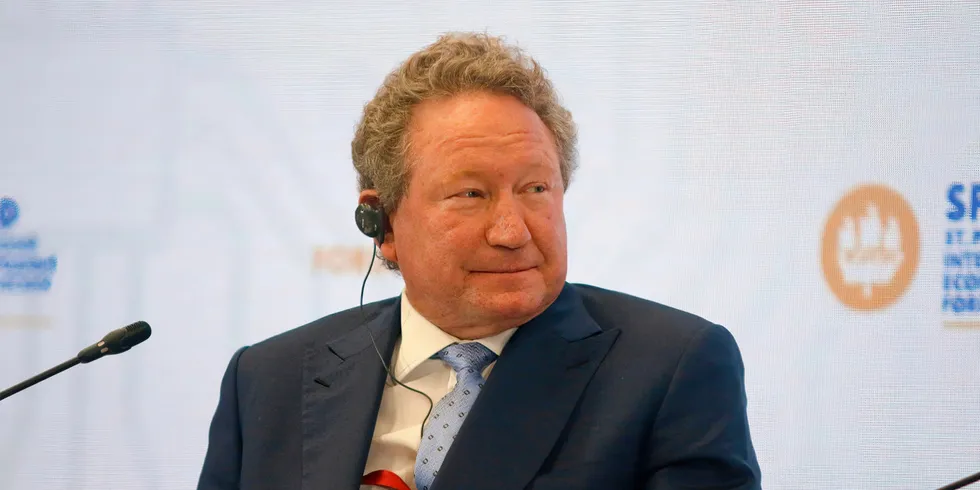Billionaire Forrest to 'transform' Papua New Guinea with green hydrogen from geothermal and hydro
Australian iron ore tycoon signs agreement to look at developments that could drive down cost of renewable H2 electrolysis

Australian iron ore tycoon signs agreement to look at developments that could drive down cost of renewable H2 electrolysis
